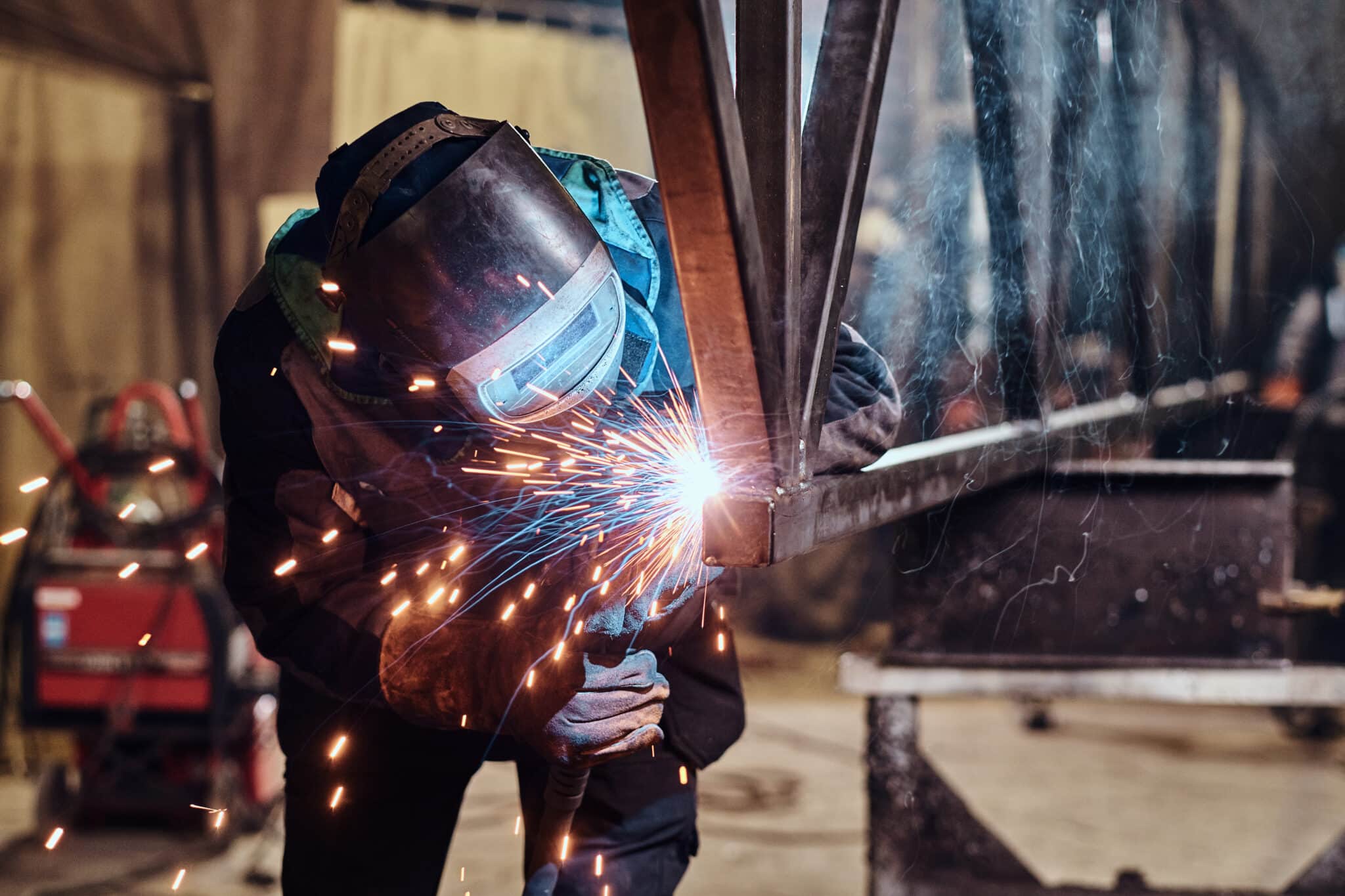🎄 CHRISTMAS SALE 🎄 WELDING TOOLS UP TO 30% OFF! SHOP NOW
FREE UPS GROUND SHIPPING (LOWER 48 STATES ONLY) APPLIED TO FABRICATION TOOL ONLINE ORDERS $100+
🎄 CHRISTMAS SALE 🎄 WELDING TOOLS UP TO 30% OFF! SHOP NOW
FREE UPS GROUND SHIPPING (LOWER 48 STATES ONLY) APPLIED TO FABRICATION TOOL ONLINE ORDERS $100+

Welding is a valuable skill in many industries, but it’s important to remember the safety risks involved. One wrong move can lead to serious injuries or, worst case scenario, even fatalities. However, by paying close attention to safety procedures and using the right equipment, we can significantly reduce the dangers of welding. In this article, we’ll share 10 welding safety tips that new and experienced welders should keep in mind to stay safe while on the job.
Whether you are a DIY welder or a professional, safety should always be your top priority. Welding involves high temperatures, bright lights, and hazardous fumes that can cause a variety of injuries. These may include eye burns, skin irritation, respiratory problems, and even electric shocks. Additionally, welding accidents can also damage property and surrounding equipment.
Understanding and recognizing these hazards is the first step toward ensuring a safe welding environment.
Knowing the risks welding poses is only half the battle; the next step is understanding how to mitigate these risks. No matter the type of welding, here are 10 safety tips to remember while working with metal.
At H&K Fabrication, we have everything you’ll need for your pipe welding jobs. We have a selection of pipe fitting tools that provide pipe welders with efficiency for their projects. Whether you’re a professional welder or just have a DIY project, check out our pipe welding tools today!
© 2023 H&K Fabrication. All rights reserved. E-Commerce Website Design & E-Commerce PPC by Ranksey